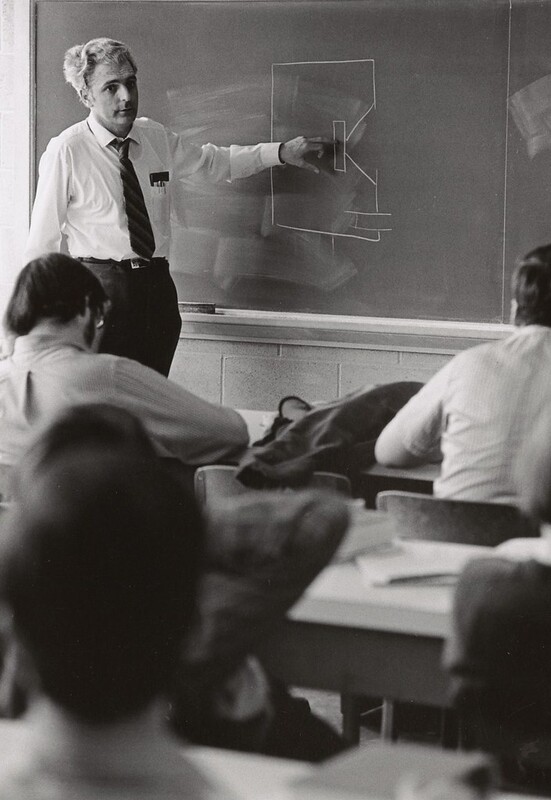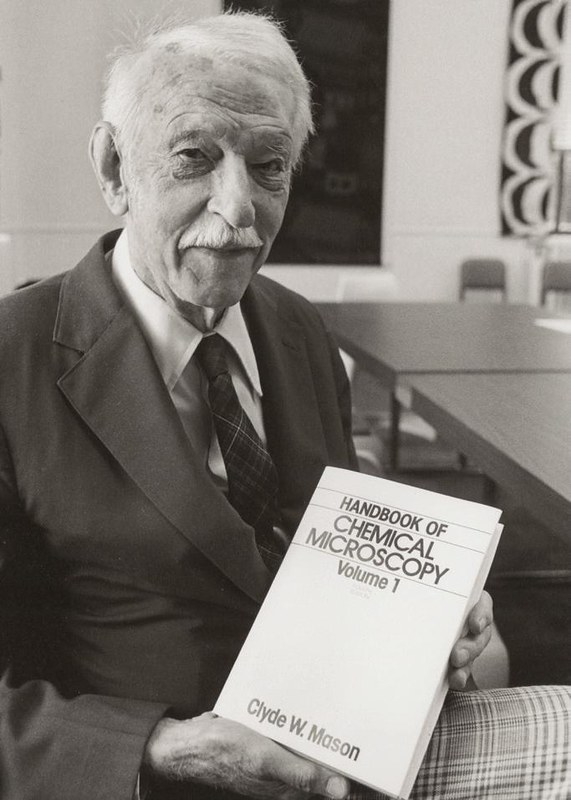Category: Our History
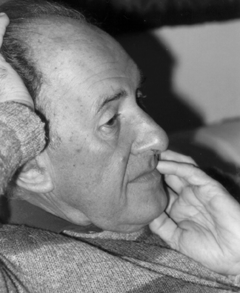
Gerry Salton, professor and co-founder of the department of Computer Science at Cornell, developed the SMART information retrieval system in the early 1960s, which is the precursor to modern search engines. Salton was perhaps the leading computer scientist working in the field of information retrieval..Read More
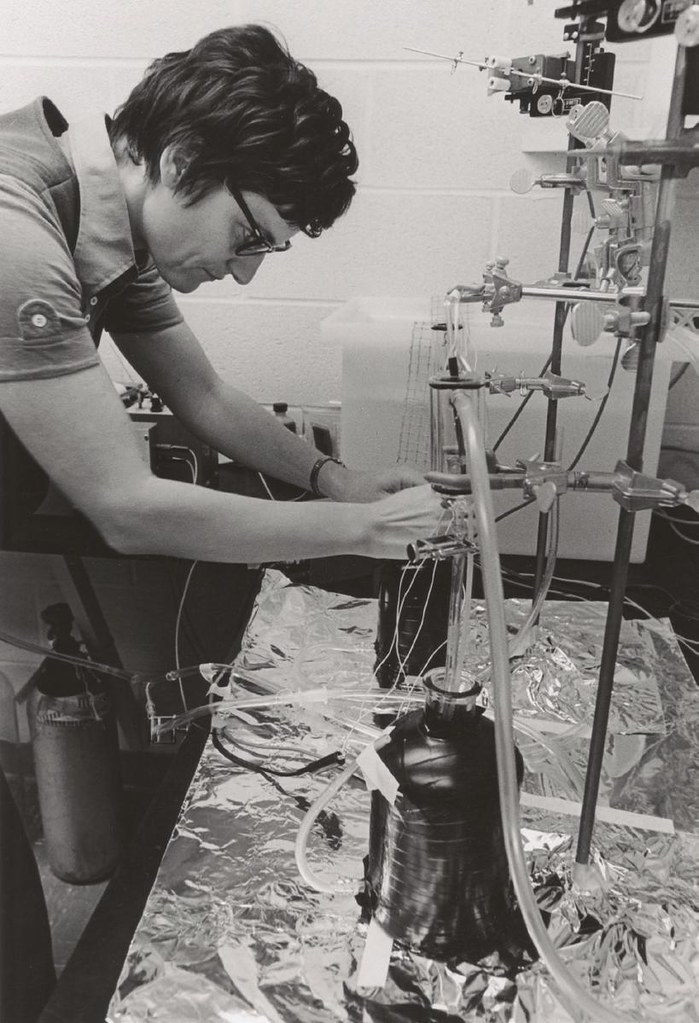
The technique for detecting radiologic decay in tagged molecules called quantitative electron-microscopic autoradiography was developed by Miriam Salpeter during her postdoctoral research in the Department of Applied and Engineering Physics in 1961 to 1967. Developed with her husband, Cornell astrophysicist Edwin Salpeter, and Luis Bachmann,..Read More
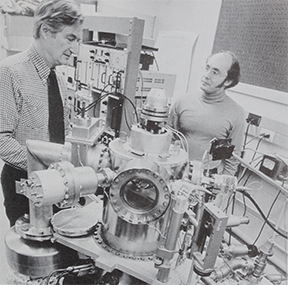
The research by Thor Rhodin, a professor from 1958 to 1991 in Applied and Engineering Physics, was responsible for the birth and evolution of surface science, beginning with his research on surface sensitivity using auger electron spectroscopy. He played a major role in shaping the..Read More
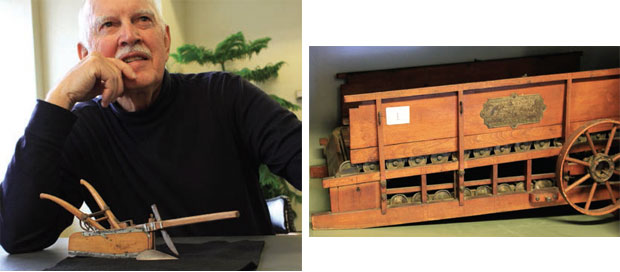
Gerald Rehkugler, a faculty member since 1958 and Professor Emeritus of Biological and Environmental Engineering, developed a rollover-protection system for tractors that have become a standard feature to all tractors. He is also actively involved in a movement to preserve and display the University’s collection..Read More
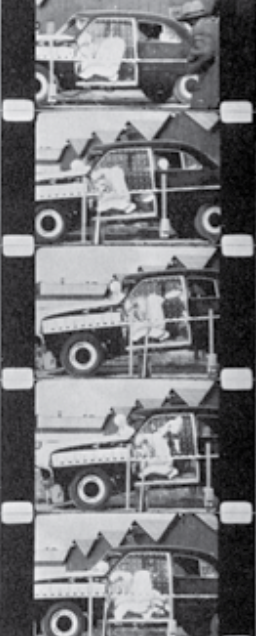
First modern three-point seat belt invented in 1955 by Hugh DeHaven, of the Cornell Aeronautical Laboratory. This invention has saved millions of lives and DeHaven’s research into crash survival pioneered safety studies and helped shaped the modern automobile industry. “…people knew more about protecting eggs..Read More
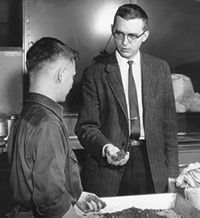
James W. Spencer (Civil Engineering, B.S., 1949, M.S. 1951 ) became the first leader of the Cornell Local Roads Program (CLPR). Established after WW II, the program provided comprehensive applied research and extension support to county and town highway superintendents. CLRP has hosted “Highway School”..Read More
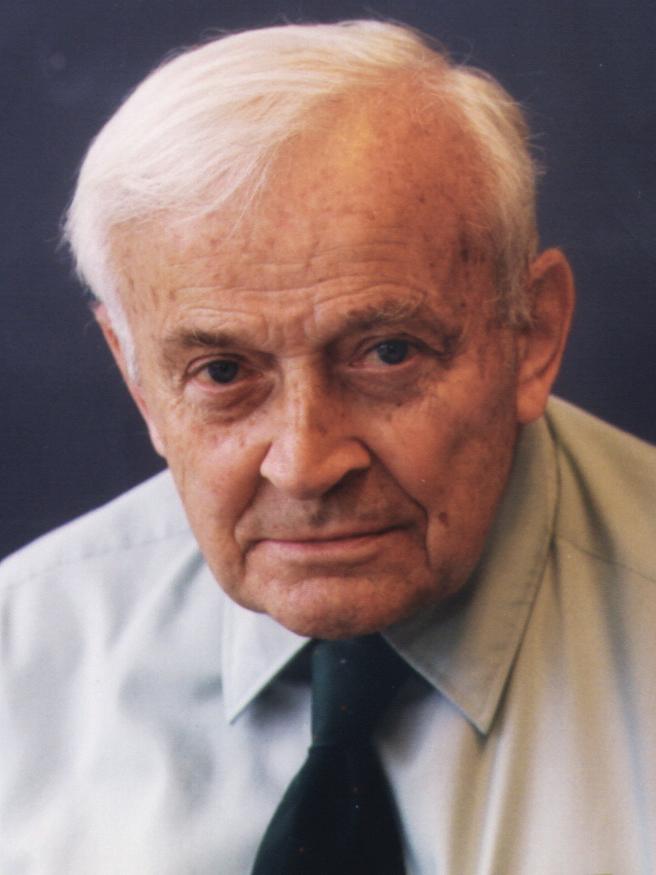
Assistant Professor Paul Hartman (Physics, Ph.D., 1938) was one of the first to investigate the use of X-rays generated as a byproduct of high-energy electron accelerators. This discovery goes on to inform the X-ray diffraction studies at facilities such as Cornell’s High-Energy Synchrotron Source (CHESS)

